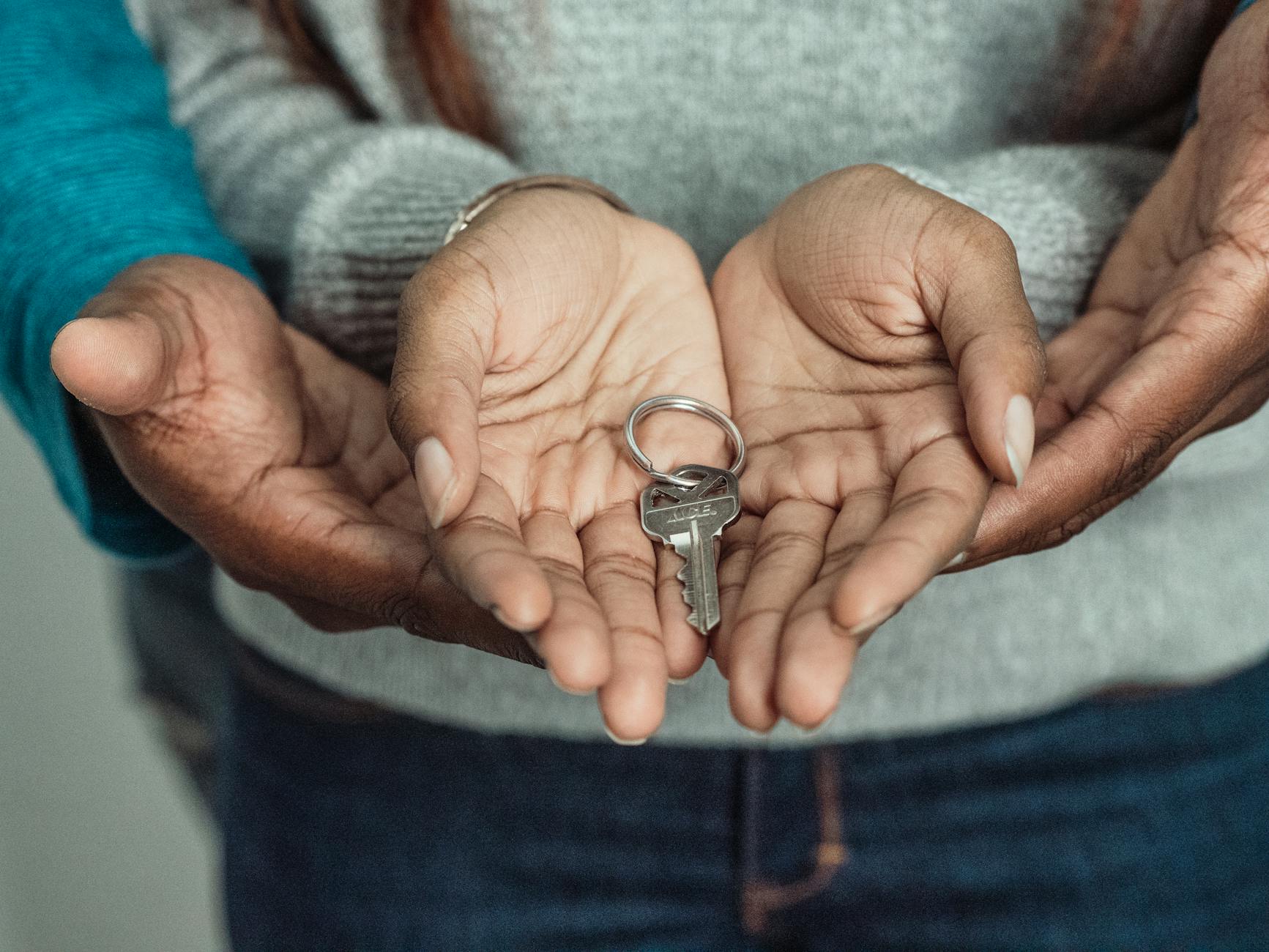Essential Homebuyer Assistance Programs for Low-Income Families
Essential homebuyer assistance programs for low-income families
Purchasing a home can be a challenging process, especially for low-income families who often face financial barriers such as limited savings for a down payment or concerns about qualifying for a mortgage. Fortunately, various homebuyer assistance programs exist nationwide to help ease these burdens and make homeownership more accessible. In this article, we will explore key programs designed to support low-income buyers, examining how they work and what benefits they offer. Understanding these programs can empower families to find pathways toward owning a home, building wealth, and securing stable housing. From down payment assistance to affordable loan options, these resources aim to bridge financial gaps and promote sustainable homeownership for those who need it most.
Down payment assistance programs
One of the biggest hurdles for low-income families when buying a home is accumulating enough money for a down payment. Many assistance programs specifically target this issue by offering grants or low-interest loans to cover either part or all of the required upfront cost. These programs are typically administered through state housing finance agencies or local government entities. For example, some programs offer forgivable loans, which means the loan is forgiven after the homeowner lives in the house for a specified number of years.
These initiatives not only reduce the initial financial burden but also improve buyers’ chances of mortgage approval by lowering the loan-to-value ratio. Common eligibility criteria include income limits, first-time homebuyer status, and completion of homebuyer education courses. It’s important to research programs specific to your state or city, as their structure and availability can vary widely.
Federal Housing Administration loans and subsidies
The Federal Housing Administration (FHA) plays a crucial role in supporting low-income homebuyers through its mortgage insurance programs. FHA loans require lower minimum down payments (as low as 3.5%) and have less stringent credit score requirements than conventional loans, making them more accessible for buyers with limited financial resources.
Additionally, the FHA provides programs such as the Good Neighbor Next Door, which offers substantial discounts to teachers, first responders, and other public servants, effectively lowering home purchase prices. Alongside FHA loans, federal subsidies can sometimes be combined with local assistance programs to further reduce costs.
State and local government programs
Many state and local governments launch their own homebuyer assistance programs aimed at increasing homeownership among lower-income families. These programs often complement federal assistance by tailoring support to local housing markets and income levels. Examples of assistance include:
- Down payment and closing cost grants
- Access to below-market interest rate loans
- Mortgage credit certificates (MCC), which provide a tax credit on mortgage interest paid
- Neighborhood revitalization grants
Because eligibility and benefits can vary, it’s highly recommended that buyers consult their local housing authority or a HUD-approved housing counselor to identify programs for which they qualify. Below is a table outlining some popular state-level programs for quick reference:
| State | Program name | Type of assistance | Income limit (approx.) |
|---|---|---|---|
| California | CalHFA Down Payment Assistance | Second mortgage up to 3.5% | Up to 80% area median income (AMI) |
| Texas | My First Texas Home Program | 3.5% down payment assistance | Up to 80% AMI |
| New York | SONYMA Down Payment Assistance Loan | Up to 3% down payment loan | Varies by region |
| Florida | Florida Housing First Time Homebuyer Program | 3% down payment assistance | Up to 115% AMI |
Nonprofit and community-based organization support
Beyond government programs, many nonprofit organizations provide valuable support to low-income homebuyers. These groups often offer comprehensive services, including financial counseling, credit repair, homebuyer education, and sometimes direct financial assistance or access to affordable financing. Examples include Habitat for Humanity and local community development corporations (CDCs).
Nonprofits may also partner with lenders and government agencies to offer special loan products that are not widely available, such as zero-interest or deferred-payment loans. Their holistic approach can be especially helpful for families who need guidance throughout the home buying process and post-purchase success resources to maintain their new homes.
Conclusion
For low-income families, homeownership might seem out of reach, but a variety of assistance programs are designed to help overcome financial barriers and make the dream attainable. Down payment assistance programs alleviate one of the largest upfront costs, while FHA loans and federal subsidies provide more flexible financing options. State and local government initiatives further bolster these efforts with customized support tailored to specific communities. Additionally, nonprofits offer critical counseling and resources that guide buyers from application through home maintenance.
By carefully exploring and combining these programs, low-income families can significantly improve their chances of securing affordable homes. Taking advantage of available assistance not only supports individual household stability but also fosters broader community development through increased homeownership opportunities. Ultimately, these programs serve as stepping stones toward financial security and generational wealth creation.
Image by: Kindel Media
https://www.pexels.com/@kindelmedia
editor's pick
latest video
news via inbox
Nulla turp dis cursus. Integer liberos euismod pretium faucibua


